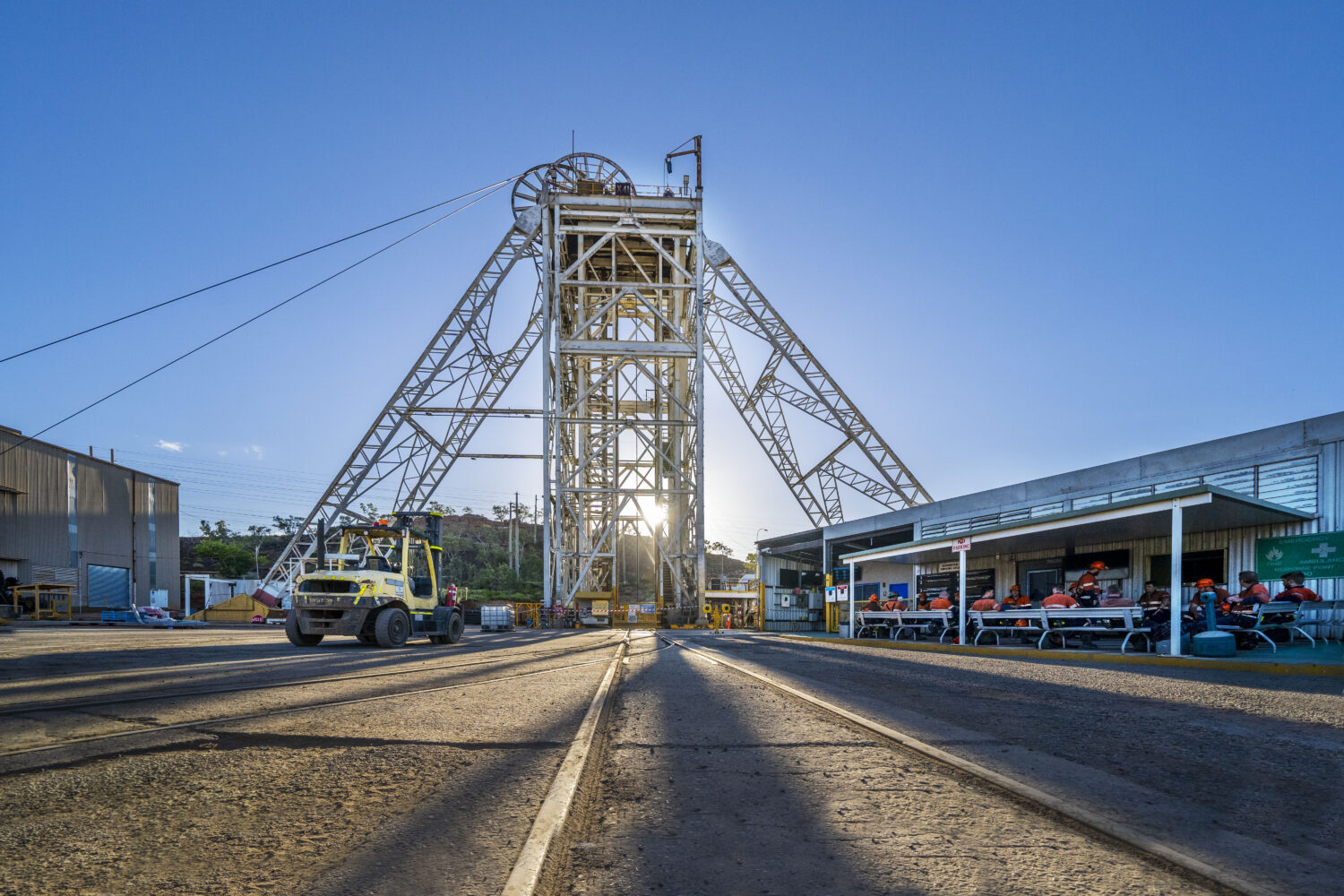 https://earth-investment.com/wp-content/uploads/2022/09/Australia-mt-isa-dec-2019-1500x1000.jpg
https://earth-investment.com/wp-content/uploads/2022/09/Australia-mt-isa-dec-2019-1500x1000.jpg
First published in CapInside 15.6.2022
The current year has so far been anything but good for equity investors. For a long time, shares of companies in the industrial metals sector were able to resist the downward pull. But recently they have also lost considerable value. The reasons for this are easy to identify: Firstly, the policy of the central banks, which in response to the sharp rise and stubbornly high inflation rate, turned out to be much more aggressive than initially expected. On the other hand, concerns about a recession arising in the wake of the Ukraine war and the Covid-related lockdown in China. The Middle Kingdom in particular plays an important role in industrial metals. China, for example, consumes around 40 percent of annual copper production, and the situation is similar for zinc and nickel.
No wonder, then, that the MSCI World Metals & Mining Index plunged by almost 20 percent in April and May. Although it had recovered somewhat from its low by early June, it is still trading around ten percent below its peak. “We assume that such price drops in this area offer a very good opportunity to get in on copper, nickel or zinc,” says Fabian Erismann, commodities analyst at Earth Resource Investment AG. Because there are indeed a whole series of reasons that speak for a long-term upward trend in the prices of industrial metals and accordingly also in the shares from this sector.
More copper than ever before in human history
One important issue is global population and economic growth. According to United Nations estimates, the world’s population is expected to increase from around eight billion today to ten billion by 2050. At the same time, the global middle class is growing, people are becoming more affluent and urbanization is also increasing. “All of this leads to an increasing demand for infrastructure, for electricity, for roads and buildings, and that in turn requires industrial metals,” Erismann explains. “And we haven’t even taken the energy transformation into account yet.” This has recently received another boost, triggered by Russia’s invasion of Ukraine. That’s because it has brought the issue of security of supply and independence from energy imports into sharper focus. And renewable energies can make a significant contribution to this.
But it is precisely this energy transition that requires industrial metals. Copper, nickel or zinc, for example, are essential components in solar or wind power plants. For wind turbines, for example, we need between four and nine tons of copper per megawatt of output. The situation is similar for electric vehicles. Here, copper requirements are around three and a half to four times higher than in conventional cars. The demand for nickel is expected to almost triple in the current decade compared with the past decade due to the increasing demand from e-car manufacturers. Overall, global copper demand is expected to double in the next 30 years, which would mean we would need as much copper as in all of human history to date.
Decreasing ore grades
But can the supply side keep up with this rising demand in the coming years? “We’re skeptical about that because, for example, the world’s largest mines are now very old, ore grades are declining and their lifetimes are coming to an end,” Erismann explains. In the large Chilean copper mines, for example, the copper content was around three percent in the early 1990s. Today, it’s less than one percent. “So to keep production stable, a lot more rock has to be moved today,” concludes the commodity analyst. “But that can’t be increased to infinity, so new mines have to be developed. But this can take as little as ten to 20 years.”
And with the low-hanging fruit already harvested, new projects are also more capital intensive and come with increased operational risks. And what’s true for copper is even more true for nickel and zinc, where the situation between supply and demand is even tighter. Added to this are stricter regulations, such as stricter environmental and social requirements. “This means that we have a structurally increasing demand that meets a rather rigid supply,” the expert summarizes. But that’s not all: the fundamentals of mining and mining companies are also attractive. “The cost of production for an efficient mining company is $1.20 to $1.50 per kilogram for copper,” Erismann says. “At the current price of around $4.40, which is also a good bit below the peak of just under five dollars in March, producers are generating decent profits.”
Leverage makes commodity stocks particularly attractive
The industrial metals sector is therefore home to highly profitable companies that are favorably valued and offer high dividends. Here, a special feature makes industrial and precious metal stocks particularly attractive. “When the price of the underlying metal rises, costs do not increase to the same extent, which is why the profitability of companies then increases disproportionately,” Erismann makes clear. That, in turn, is reflected in a disproportionately rising share price. “That’s why we also advise investing in metal stocks and not directly in copper and co.” In addition, exploration companies and companies from the small- and mid-cap sector are in focus for him, as this is where the potential is highest in an environment of rising industrial metal prices. And this is particularly true after the recent price decline.